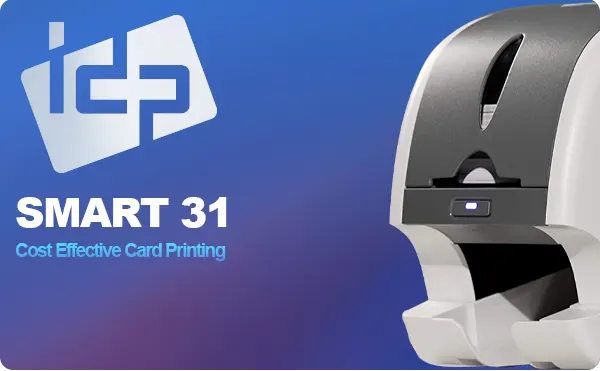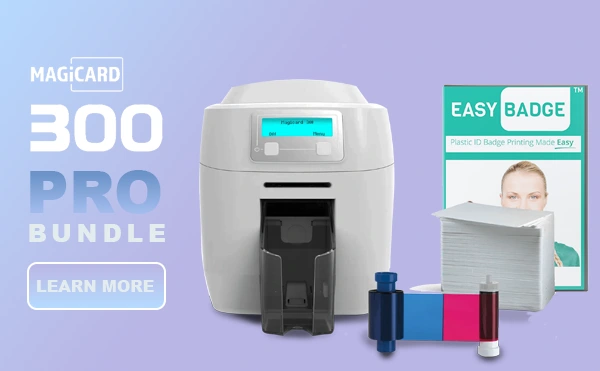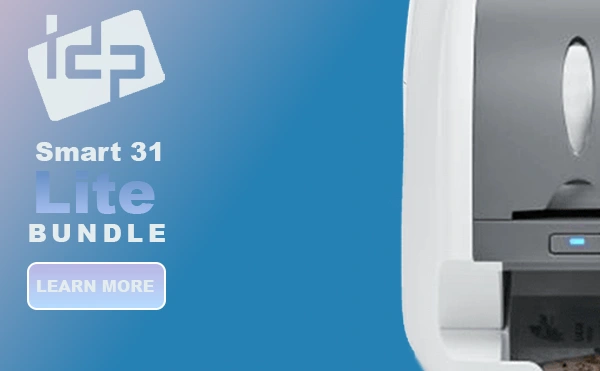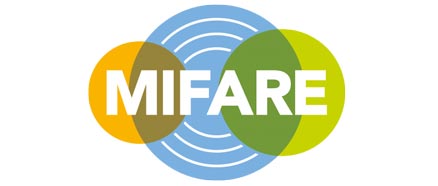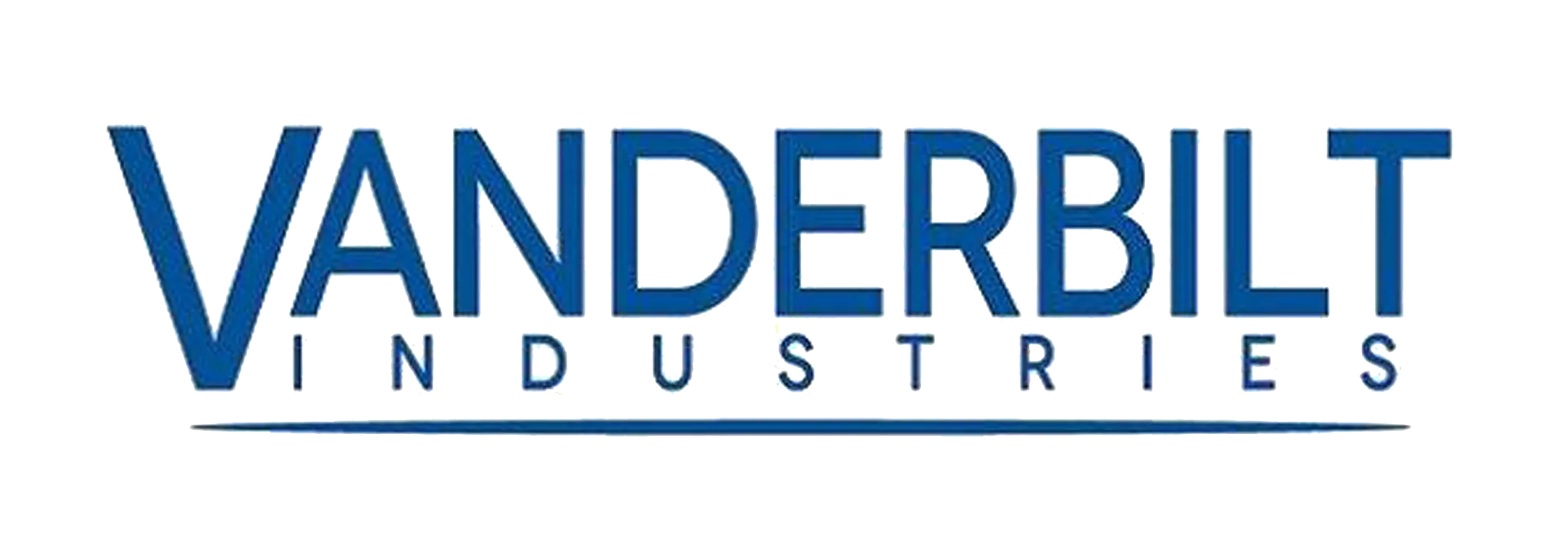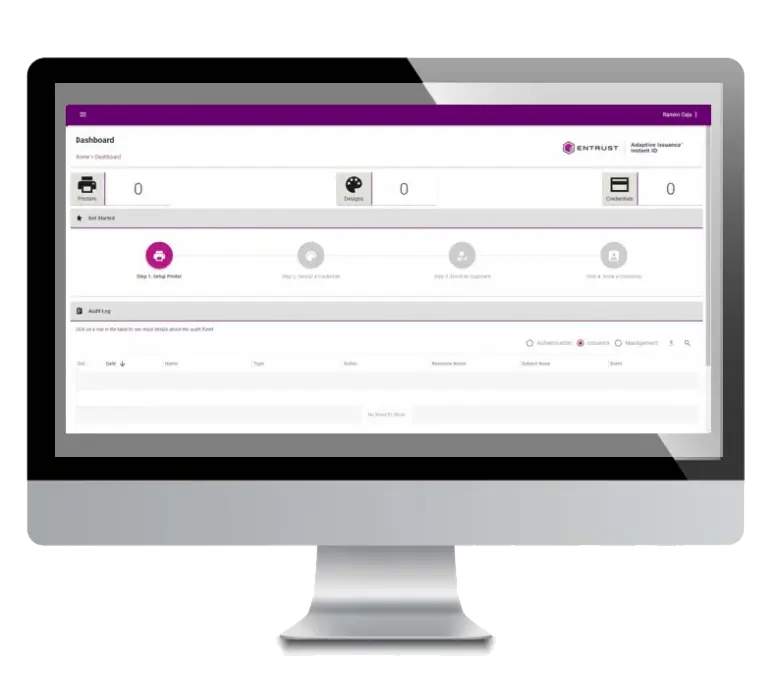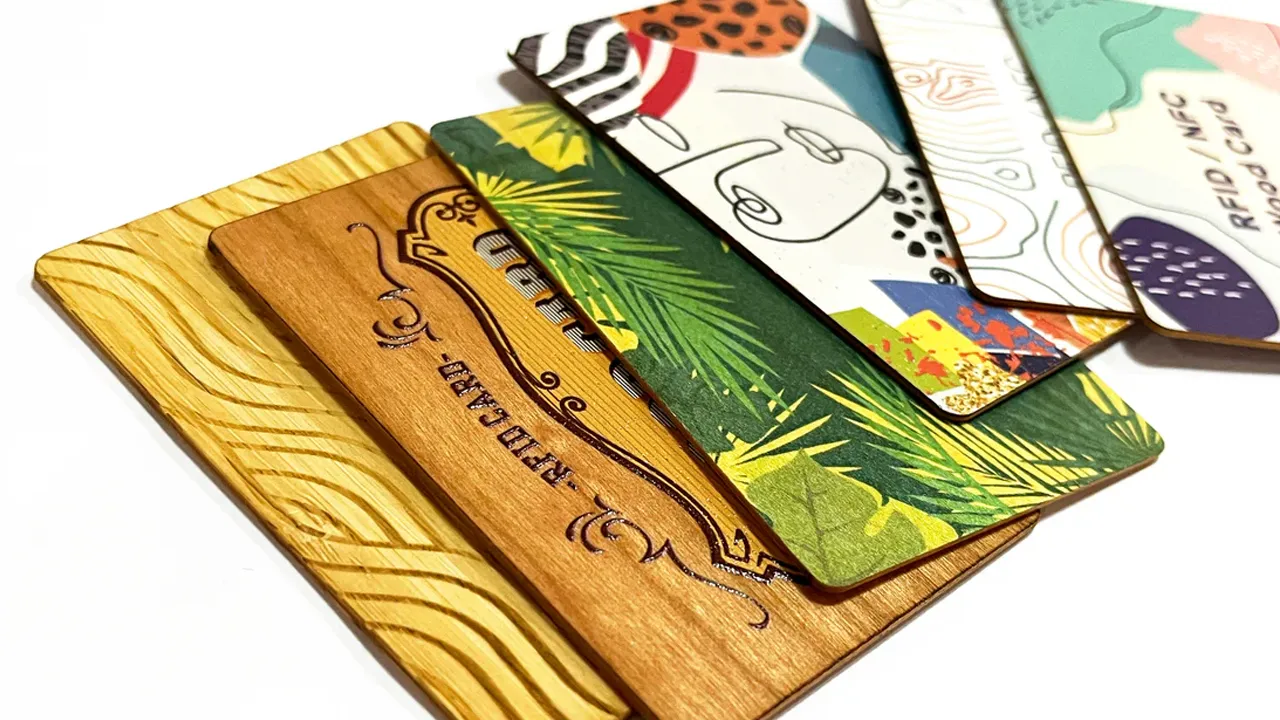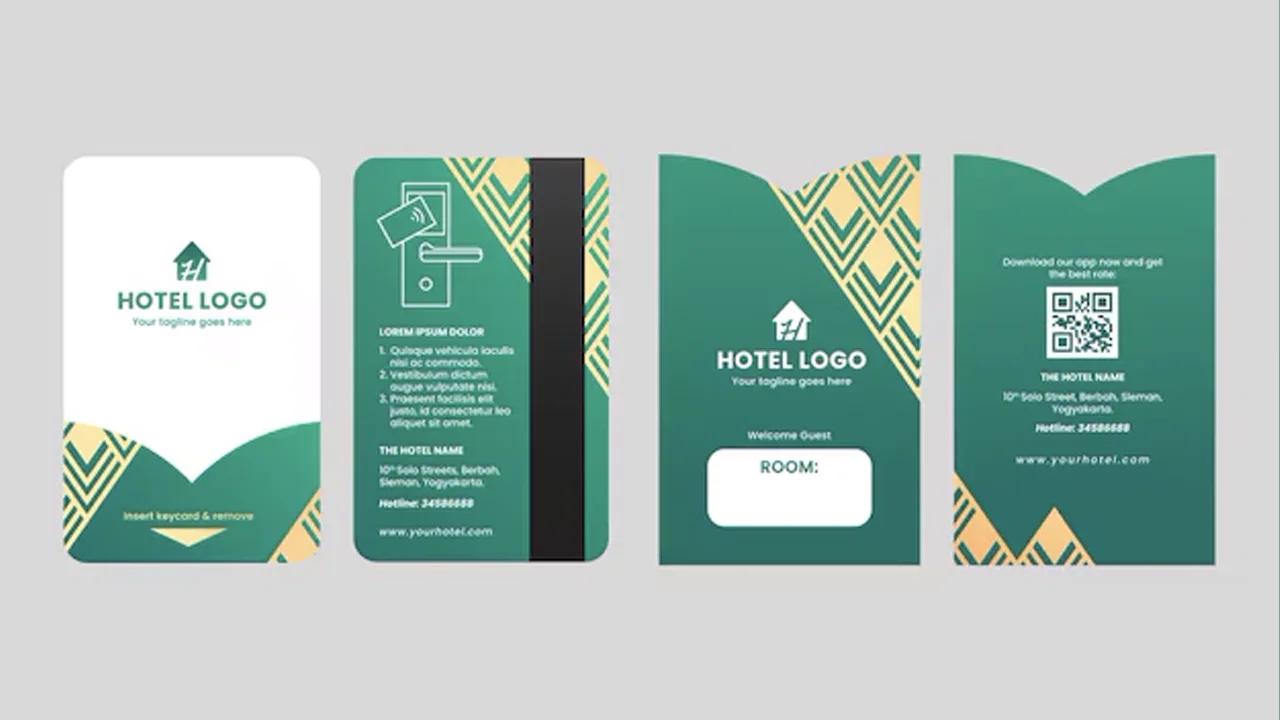Back To Blog Facebook X LinkedIn Introduction Hotel key cards are more than just room access tools. They’re one of the first things your guests interact with — and a direct reflection of your brand. From classic plastic to eco-friendly wood and bamboo, the material you choose says a lot about your hotel’s values. In this guide, we’ll explore the different materials modern hotel key cards are printed on. We’ll break down the pros and cons of each, and cover what customisation options are available for every type. PVC Hotel Key Cards What is it? PVC (polyvinyl chloride) is the most common material used in hotel key cards. It’s durable, cheap to produce, and works well with all major lock systems. Benefits: Long-lasting and durable Compatible with all standard card printers Easy to customise with full-colour printing, foil, or lamination Works with magstripe and RFID technologies Drawbacks: Not biodegradable Made from fossil fuels Not suitable for hotels looking to boost sustainability credentials Personalisation Options: Full CMYK colour printing Gloss or matte finish Spot UV and foil stamping Works with magnetic stripes, RFID chips, barcodes, and QR codes Best For: Hotels needing reliable, budget-friendly cards with high print quality. Get A Quote Recycled PVC Key Cards What is it? Recycled PVC cards are made from post-industrial or post-consumer waste plastic. They look and feel like standard PVC but with a reduced environmental impact. Benefits: Reduces plastic waste Performs like regular PVC Compatible with existing printers and encoders Often cheaper than biodegradable alternatives Drawbacks: Still not biodegradable Not as visually distinctive as wood or bamboo May have slight visual imperfections depending on the source material Personalisation Options: Same options as regular PVC: full-colour print, foil, matte/gloss Accepts RFID chips and magstripe encoding Best For: Hotels that want to reduce waste without sacrificing performance or compatibility. Get A Quote PET & PET-G Cards What is it? PET (Polyethylene Terephthalate) and PET-G (a glycol-modified version) are recyclable plastics known for strength and clarity. They offer a more environmentally friendly alternative to PVC. Benefits: Fully recyclable in standard plastic streams More eco-friendly than PVC Strong and impact-resistant Good temperature stability Drawbacks: Slightly more expensive than PVC Limited availability depending on region Not biodegradable Personalisation Options: Full-colour digital or offset printing Compatible with RFID chips and magnetic stripes Gloss or matte finish available Best For: Hotels that want a durable card with a smaller environmental footprint, especially in regions where PET recycling is widely supported. Get A Quote Bio-PVC Cards What is it? BIO PVC is a modified version of traditional PVC that includes organic additives to make it biodegradable in landfill conditions. It breaks down faster than standard PVC but maintains the same physical properties. Benefits: More expensive than standard PVC Biodegradation requires specific conditions (moisture, microbes, heat) Not suitable for industrial composting Personalisation Options:
Monthly Archives: April 2025
Back To Blog Facebook X LinkedIn Introduction In the hospitality world, guest convenience and security go hand in hand. That’s why hotel key cards are now the standard solution for room access in almost every hotel. They’re simple, fast, secure, and easy to manage. But behind that small piece of plastic is a mix of technology, design, and logistics. This guide will walk you through how hotel key cards work, the different types available, and how they’re printed and personalised. If you run or manage a hotel, this is everything you need to know before ordering your next batch. What Are Hotel Key Cards? Most hotel key card systems connect to a central software platform that manages access permissions. Here’s a simplified process: Check-In: Front desk staff programs the card using hotel software. Access Control: Card is linked to the room number and stay duration. Usage: Guest taps the card to enter their room. Some cards also control elevator floors or electricity within the room. Check-Out: Card access is automatically revoked or the card is reused. Modern systems can even update cards remotely or allow mobile phone access as a backup. Hotel Key Card Technologies Hotel key cards are used to unlock guest rooms and often give access to other areas like elevators, gyms, and pool areas. Instead of a metal key, guests use a small plastic card that interacts with an electronic door lock. Cards can be reused, reprogrammed, and easily replaced. There are two main types: Magstripe (Magnetic Stripe): Uses a magnetic strip on the back to store access data. Swiped through a reader. RFID/NFC (Radio-Frequency Identification / Near-Field Communication): Uses contactless technology to send data to the door lock when tapped or held near it. RFID/NFC cards are now more common because they’re more secure and durable than magstripe cards. Commonly used Hotel Key Cards Chips Understanding the chip inside your card is important. Each type serves different purposes and integrates with different systems. Here are the most common types: Mifare® Classic 1K ✅ Memory: 1KB ✅Use Case: Standard room access. ✅Pros: Widely supported, affordable. ✅Cons: Vulnerable to cloning if not used with secure protocols. Get A Quote Mifare® Ultralight C ✅Memory: 192 bytes ✅Use Case: Budget hotels, short-term access (e.g., conferences). ✅Pros: Low cost, supports encryption. ✅Cons: Limited memory. Get A Quote ICODE SLI ✅Memory: 1KB ✅Use Case: Systems needing multiple tag reading (e.g., parking, public transport). ✅Pros: Fast anti-collision protocol. ✅Cons: Slightly more expensive. Get A Quote SALTO ✅System: Proprietary, advanced security platform. ✅Use Case: High-end hotels, enterprise-level security. ✅Pros: End-to-end encryption, cloud-based access control. ✅Cons: Tied to the SALTO ecosystem. Get A Quote Magnetic Stripe ✅Use Case: Older hotels, simple lock systems. ✅Pros: Low cost, easy to replace. ✅Cons: Data is easy to wipe or clone, less durable. Get A Quote Hotel Key Card Printing Process Key cards aren’t just about function — they’re part of your brand. A well-designed card can make a big first impression. Here’s how it works: Card Material PVC: […]




